
Philip Hammond’s maiden Budget promises to be the last one to take place in the spring for a while, but it will have few other reasons to claim a leading place in the annals of Budget history.
The rabbits were kept in their hats as ‘Spreadsheet Phil’ sprung few surprises in what remained an upbeat address determined to defy the potential Brexit iceberg looming into view.
It was designed to be a steady Budget to calm the waters in choppy political times and – an imminent row about self-employed national insurance contributions apart – it largely did its job.
From a grocery perspective, it was also less dramatic than many of his predecessor George Osborne’s Budgets of the past. Some key issues were touched on, but radical action resisted.
The two major points of the Budget for the grocery sector were new attempts to mitigate the forthcoming changes to business rates, and the reaffirmation of George Osborne’s sugar tax.
On business rates, the government has promised £435m of measures targeted at small businesses, including a pledge that firms coming out of small business rate relief will get a cap of £50 a month on their rates, and a £300m fund for local authorities to help those businesses most hit in their areas.
Details of the local authority fund were scant, but there were general promises to consult on how to even the burden between online and physical retailers.
While generally welcomed, some in the industry understandably hoped for more: £435m from a £25bn tax doesn’t represent a major shift in policy, and many of the losers from the rates review will still face higher bills.
Meanwhile, Hammond reiterated the government’s pledge to press ahead with the sugar tax at final rates of 18 and 24 pence per litre for the main and higher bands respectively.
Interestingly, Hammond admitted the tax will raise less than the £1bn it was forecast to raise as a number of suppliers have already changed their recipes in order to lower their payments under the levy.
It’s not often that raising less money that was hoped means a policy can be labelled a success – but the sugar tax’s influence on reformulation has arguably produced the results the tax was aimed at achieving.
The national living wage
Elsewhere, there is some consternation in the booze industry that Hammond’s “no change to alcohol” duty actually means duty will rise by RPI inflation, which currently stands at 2.6%. The government’s efforts to upskill young people will also see the launch of new T-Levels – A-Level equivalents designed to give candidates more practical skills. Plus, the national living wage will rise to £7.50 in April.
However, most headlines are likely to be grabbed by the increase in national insurance for the self-employed – raising Class 4 NIC payments from 9% to 11%.
Ostensibly, Hammond said this NI hike was about cutting the unfair disparity with the employed. But many are seeing it as punishing entrepreneurialism and hitting the pockets of workers already in an insecure position. The tax will raise just £145m, which could be a small benefit compared with the political fallout from appearing to break a key 2010 manifesto pledge not to raise national insurance.







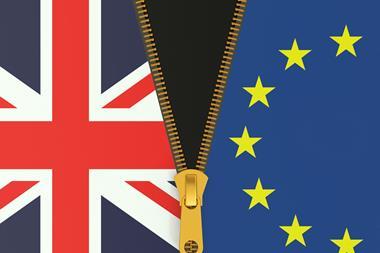

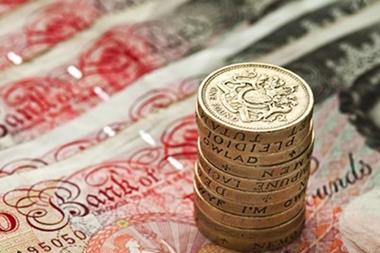
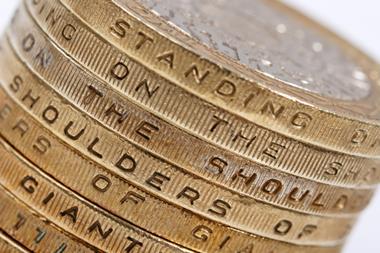

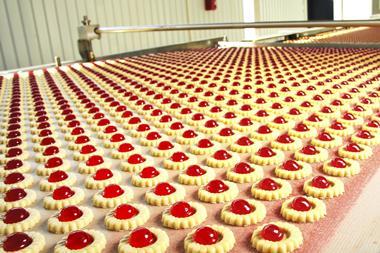





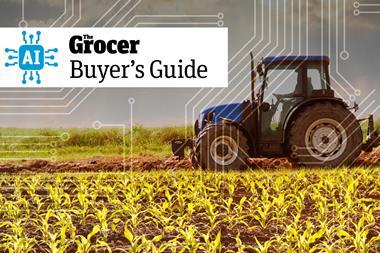
No comments yet